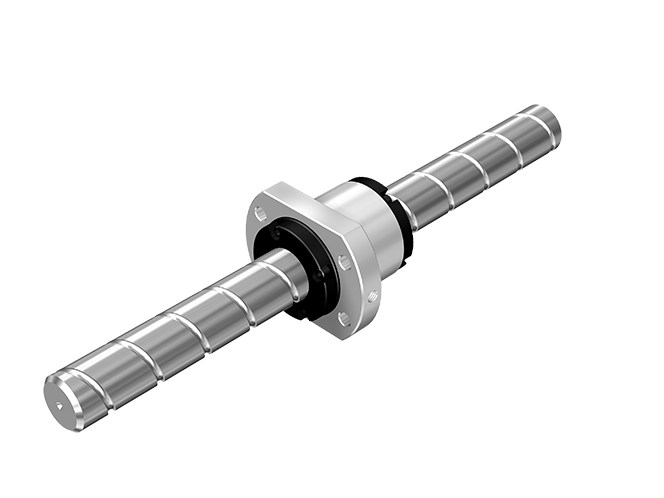A Comprehensive Guide to Building an AI-Ready Data Center
In the era of artificial intelligence (AI), the demand for advanced data processing, storage, and networking capabilities has skyrocketed. AI applications such as machine learning (ML), natural language processing (NLP), and computer vision require high-performance computing resources that traditional data centers often struggle to provide. As AI evolves, so too must the infrastructure that supports it. This guide will explore the key considerations for designing an AI-ready data center that meets the needs of modern enterprises.
Why AI-Ready Data Centers Matter
AI has become a transformative force across industries, from healthcare and finance to retail and logistics. The success of AI initiatives hinges on having the right infrastructure in place to handle massive data workloads, process complex algorithms, and deliver insights in real-time. Traditional data centers, designed to manage conventional applications, are ill-equipped to support the resource-intensive demands of AI.
An AI-ready data center goes beyond standard servers and storage solutions. It requires robust computing power, enhanced networking, scalable storage, and specialized cooling systems to maintain optimal performance under heavy AI workloads. Without these enhancements, organizations face slow model training times, delayed insights, and an inability to fully leverage the potential of AI.
Key Features of an AI-Ready Data Center
Building an AI-ready colocation data center involves incorporating several critical components that address the specific needs of AI workloads:
1. High-Performance Computing (HPC) and GPUs
AI workloads, particularly deep learning models, demand tremendous computing power. Traditional central processing units (CPUs) cannot process AI models efficiently. Instead, graphics processing units (GPUs) and specialized AI accelerators like tensor processing units (TPUs) have become essential for AI-ready data centers. High-performance computing (HPC) clusters integrated with AI-optimized GPUs allow for faster processing of massive datasets.
2. Scalable Storage Solutions
AI workloads generate vast amounts of data, requiring scalable and flexible storage systems. Data center architects must consider implementing storage solutions that provide low-latency access to data, allowing AI models to process information in real time.
Object storage solutions and all-flash arrays are increasingly used in AI-ready data centers due to their scalability, speed, and ability to handle unstructured data from AI applications.
3. Optimized Networking Infrastructure
AI models need to communicate across nodes quickly, which places a significant load on the network. Standard data center networks can become bottlenecks when dealing with AI workloads. To overcome this, an AI-ready data center requires high-speed, low-latency networking infrastructure.
4. Energy-Efficient Cooling Systems
AI workloads not only require immense computational resources but also generate a lot of heat. High-performance GPUs and HPC clusters consume significant amounts of energy, pushing data centers to their cooling limits. Implementing advanced, energy-efficient cooling systems is crucial to maintaining the optimal operating conditions for AI-ready infrastructure.
Liquid cooling, in-row cooling, and hot/cold aisle containment strategies are becoming common in AI-ready data centers. These cooling technologies improve energy efficiency, reduce operational costs, and ensure that high-performance hardware runs smoothly, even under demanding AI workloads.
5. Security and Compliance
AI applications often handle sensitive and mission-critical data, making security a top priority for AI-ready data centers. Implementing robust cybersecurity measures, such as encryption, multi-factor authentication, and AI-driven threat detection systems, ensures that data is protected at all times. Additionally, AI-ready data centers must comply with industry regulations, such as GDPR, HIPAA, and other data privacy standards, to ensure that sensitive information is handled appropriately.
Future-Proofing Your AI-Ready Data Center
The rapid pace of AI development means that today’s cutting-edge infrastructure may soon become outdated. To future-proof your AI-ready data center, scalability and adaptability must be built into its design from the start. Here are some best practices:
1. Modular Design
A modular approach allows for the addition of new compute, storage, and networking resources as AI workloads grow. This ensures that your data center can scale in response to increased demand without requiring a complete overhaul.
2. Edge Computing Integration
AI applications are increasingly being deployed at the edge, closer to where data is generated. Integrating edge computing into your AI-ready data center allows for faster processing and lower latency, enabling real-time AI applications such as autonomous vehicles and smart cities.
3. AI-Driven Data Center Management
AI can also play a role in optimizing data center operations. By implementing AI-driven tools to monitor performance, energy usage, and security, you can improve efficiency and reduce operational costs. These systems can predict potential hardware failures, optimize cooling systems, and balance workloads across servers for maximum performance.
Conclusion
Building an AI-ready data center is a complex but essential step for any organization looking to capitalize on the power of AI. By choosing a hyperscale data center or investing in high-performance computing, scalable storage, advanced networking, and efficient cooling systems, businesses can create an infrastructure that not only supports AI today but is also ready for the innovations of tomorrow.


















